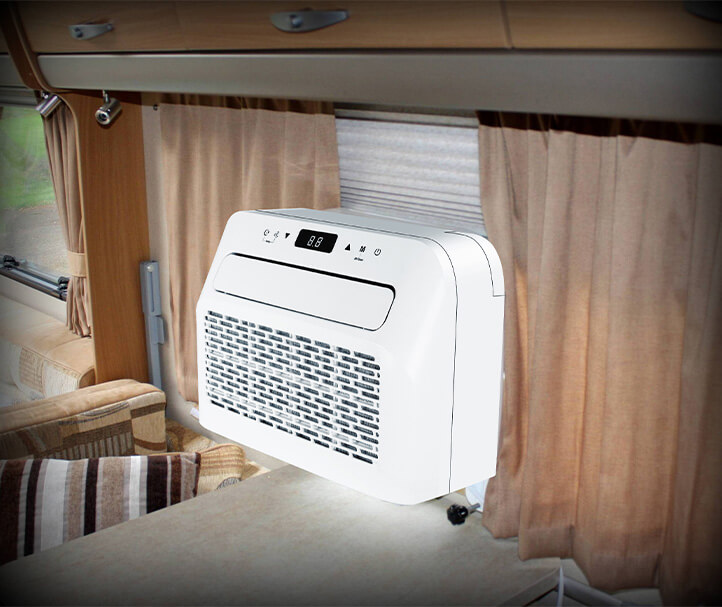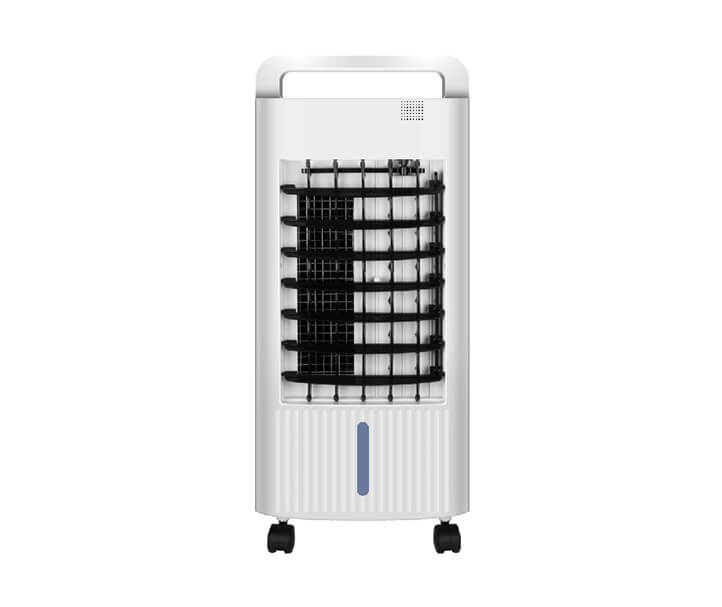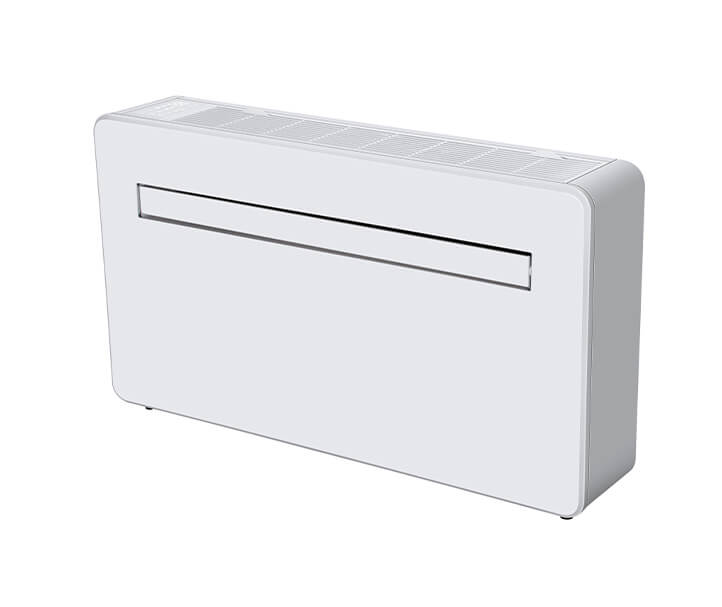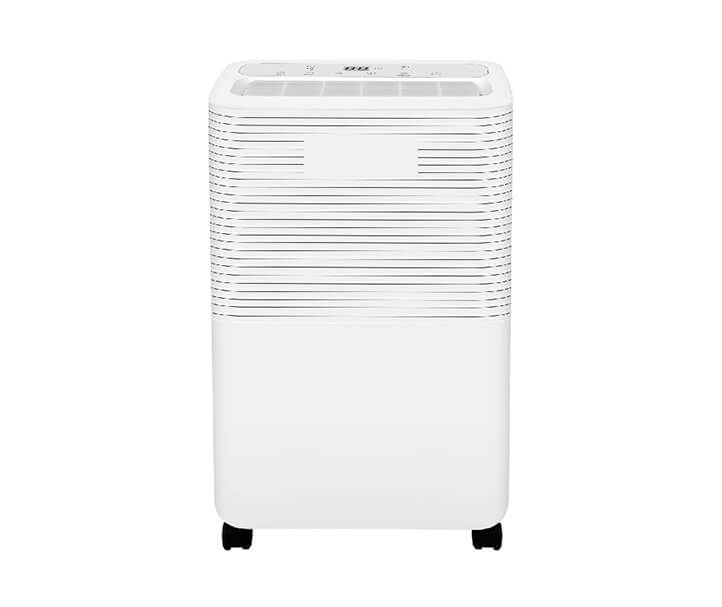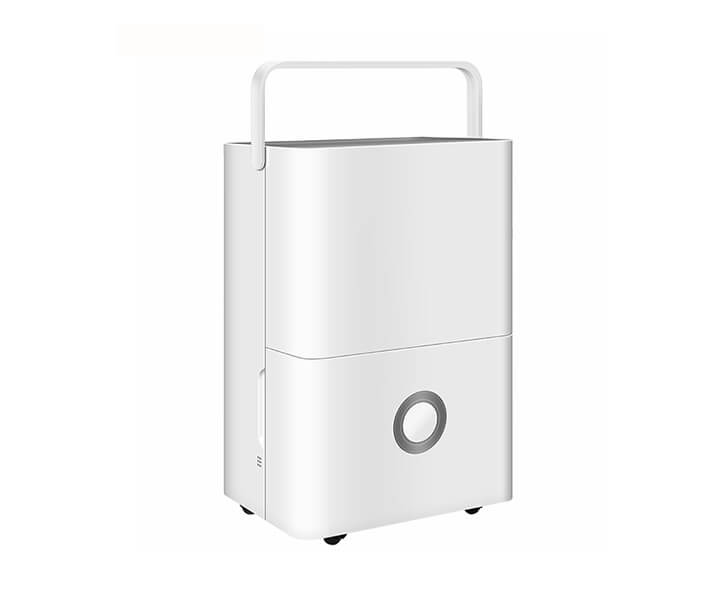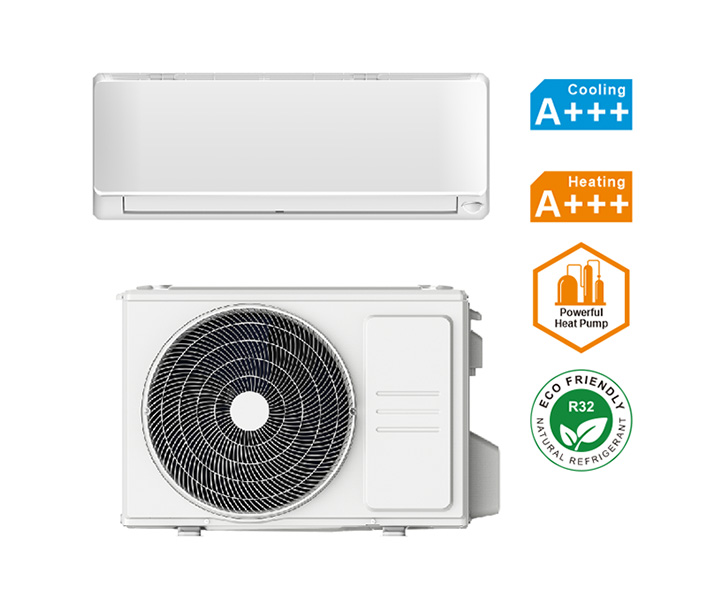
Infrared heater wavelength range
2023-08-10 22:01:52
Understanding the Range of Wavelengths in Infrared Heater Technology

When it comes to heating technology, infrared heaters have gained significant popularity due to their efficiency and effectiveness. Infrared heaters work by emitting infrared radiation, which directly heats objects and people in their path. To fully understand the capabilities of infrared heaters, it is essential to explore the range of wavelengths they operate within.
1. Defining Infrared Wavelengths
Infrared radiation is a type of electromagnetic radiation with longer wavelengths than visible light. It falls within the range of electromagnetic waves between microwaves and visible light. The wavelengths of infrared radiation typically range from 700 nanometers (nm) to 1 millimeter (mm).
Within this broad range, infrared radiation can be further categorized into three subcategories based on wavelength:
Near-infrared (NIR): This range of wavelengths falls between 700 nm and 1,400 nm. NIR is often used in remote controls, fiber optics, and various sensing applications.
Mid-infrared (MIR): MIR encompasses wavelengths between 1,400 nm and 3,000 nm. This range is commonly utilized in applications such as spectroscopy, thermal imaging, and industrial heating.
Far-infrared (FIR): FIR extends from 3,000 nm to 1 mm. These longer wavelengths are often associated with applications like thermal imaging, saunas, and infrared heating technology.
2. Role of Wavelength in Infrared Heating
The wavelength range of infrared radiation emitted by an infrared heater plays a crucial role in determining its heating capabilities. The choice of the specific wavelength range depends on the intended application and the desired heating effect.
For instance, heaters that emit shorter near-infrared wavelengths are ideal for surface heating and specific material manufacturing processes. They are commonly used in industries where precise control and rapid heating are essential, such as in the production of plastics and polymers.
On the other hand, heaters utilizing longer far-infrared wavelengths are more suitable for creating a comfortable and uniform heat distribution within a room. These heaters are commonly found in residential, commercial, and outdoor heating solutions.
3. Benefits of Infrared Heater Wavelength Range
One significant advantage of infrared heater wavelength range is their ability to directly heat objects and people without warming the surrounding air extensively. This focused heating allows for higher energy efficiency and enables users to experience quick and comfortable warmth.
The specific wavelengths of infrared radiation also determine the penetration depth into materials. For instance, shorter NIR wavelengths penetrate less deeply, making them suitable for surface heating. In contrast, longer FIR wavelengths can penetrate deeper, providing a more thorough and uniform heating effect.
In addition, the wavelength range of infrared heaters ensures a reduced risk of fire hazards compared to conventional heating methods. The absence of open flames and minimal contact with hot surfaces makes infrared heaters a safer option for various environments.
Conclusion
Infrared heaters operate within the broader range of infrared radiation wavelengths, including near-infrared, mid-infrared, and far-infrared. These different wavelengths cater to various applications, from precision surface heating to creating comfortable ambient warmth. By understanding the range of wavelengths, users can select the most suitable infrared heater for their specific needs, enjoying the benefits of efficient heating and enhanced safety.
Get the latest price? We'll respond as soon as possible(within 12 hours)



